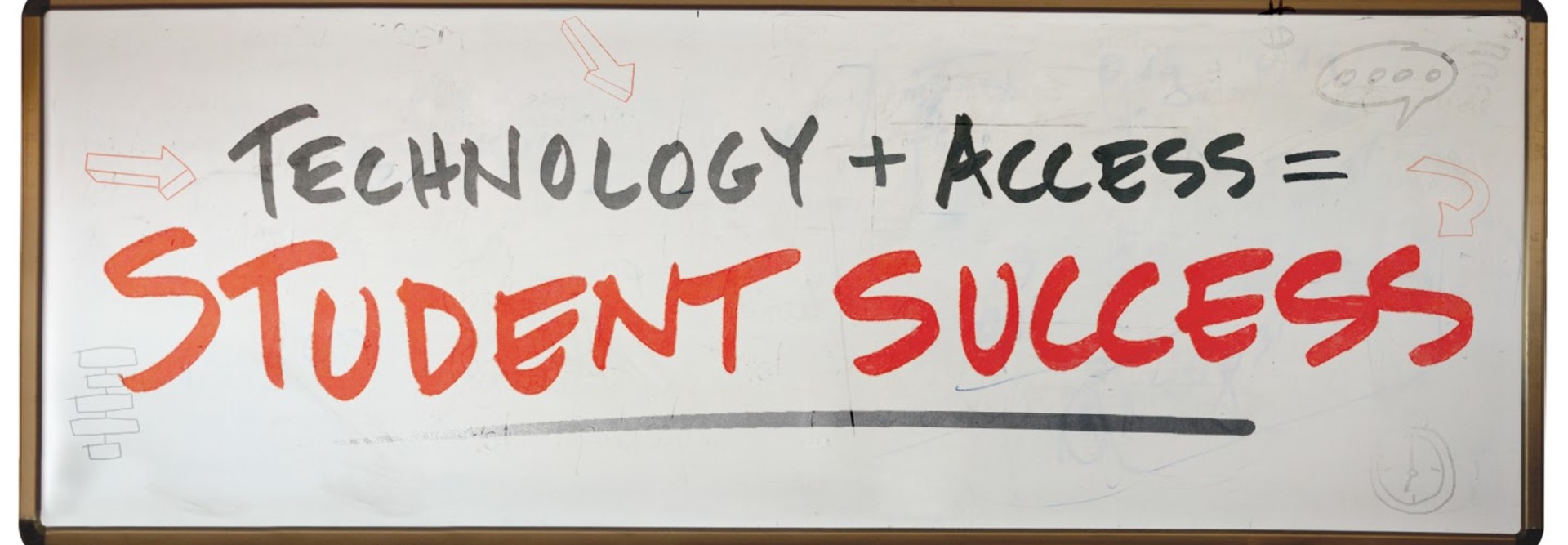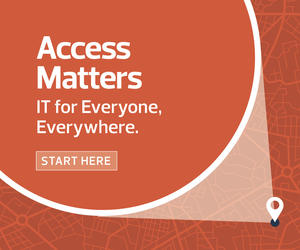Baum also points to the specific economic issue of living expenses. “Students who don’t have enough money to pay for food and housing struggle to study and learn,” she says. “It is really living expenses, not tuition, that create the biggest pressure. For many students, small unexpected expenses can cause major problems.”
Put simply, ongoing socioeconomic challenges often predispose disadvantaged students to academic struggles — a problem exacerbated by the evolving novel coronavirus pandemic. As noted in The New York Times, while early school closures in March may cause average students to fall up to seven months behind academically, low-income learners could be set back 10 months or more. And with many students unable to secure low-cost, on-campus housing, let alone Wi-Fi access and personal computers, schools must find ways to not only provide quality instruction, but also the tools students need to participate in the first place.
“Campuses have responded quickly and creatively” to disparities in technology access, EDUCAUSE CEO John O’Brien writes in an op-ed for Inside Higher Ed; 81 percent have offered free or low-cost loans of devices, he notes. “Half are loaning Wi-Fi hotspots to students, and 40 percent are helping students purchase equipment, including mailing the equipment to them.
“Many campuses are expanding campus Wi-Fi nodes or moving Wi-Fi hotspots to parking lots for students who need to connect from there because they don’t have necessary connectivity from home,” O’Brien writes. “In short, even beyond the initial weeks of the crisis, ‘whatever it takes’ continues to be the mantra on campus, energized by creativity and realized thanks to hard work.”
MORE ON EDTECH: Learn how to increase college success for underserved students.
A Practical Approach to Balancing Educational Technology Access
The displacement of so many students from campus has aggravated these existing disparities and complicated the path to student success. While students on campus are a captive audience and have access to school resources, off-campus students, particularly disadvantaged students trying to balance work and school life simultaneously, often lack necessary technology resources provided by university libraries and computer labs. With this in mind, there are several practical steps colleges and universities can take to reduce inequality in education-related technology access, such as:
- Improving network access: Many students lack reliable internet access in their family homes or apartments, making it difficult, if not impossible to fulfill online obligations for virtual classes and digital testing. Solutions such as offering free Wi-Fi hotspots to registered students in campus parking lots can help reduce potential COVID-19 exposure risk while also providing critical curricular access.
- Adapting current curricula: It’s also critical for schools to think beyond the desktop and embrace blended learning plans that leverage responsive mobile design to deliver content anywhere, anytime. While many disadvantaged students lack desktops or laptops, smartphone adoption continues to rise. It follows, then, that mobile support helps level the playing field.
- Enhancing IT security: With digital document submission and online exams quickly becoming commonplace, schools can’t afford to lose documents or compromise databases. Enhanced security controls such as cloud-based malware detection and granular access tools both limit the risk of data loss and help ensure that low-income students already short on time and resources don’t have to resubmit papers or retake exams.
MORE ON EDTECH: Learn how to prepare for campus readiness while cutting costs.
Considering a Post-COVID World
The present pandemic won’t last forever, but its effects might. Even before COVID-19, universities around the nation had started planning and even embarking on their path to digital transformation. Now, prompted by necessity, many institutions have committed to prolonged (and potentially permanent) remote learning and blended-learning strategies — a commitment that requires a much firmer digital foothold than many currently possess.
“Institutions that were already well along on their [digital transformation] journey have found themselves better prepared to adapt to the pandemic,” O’Brien writes. “Post-crisis, [digital transformation] can no longer be considered an aspirational concept. It must be understood as an imperative. And that well-worn, precious notion of technology professionals on campuses doing work that is only noticed when there is an outage? That, too, needs to be a thing of the past.”













